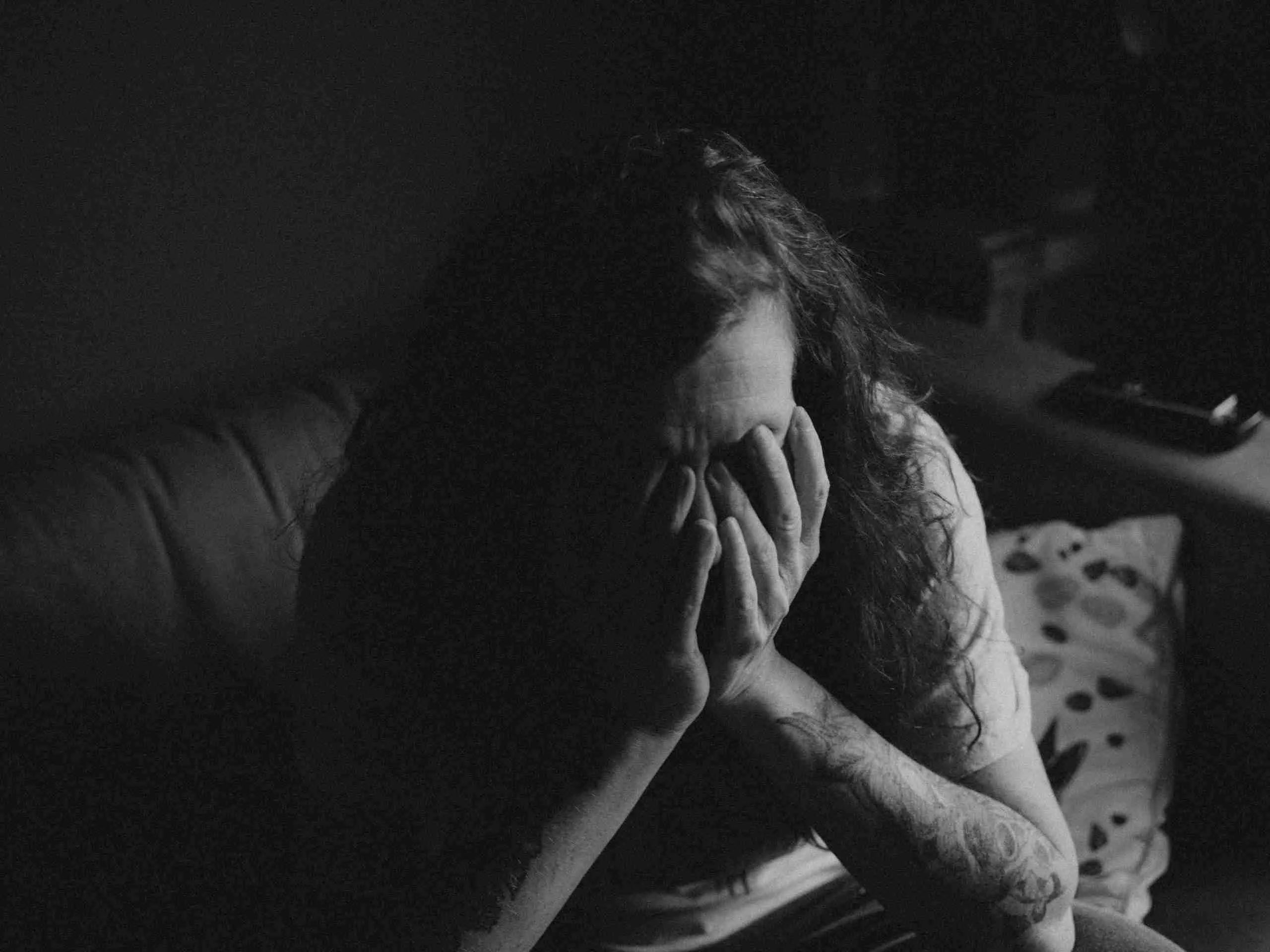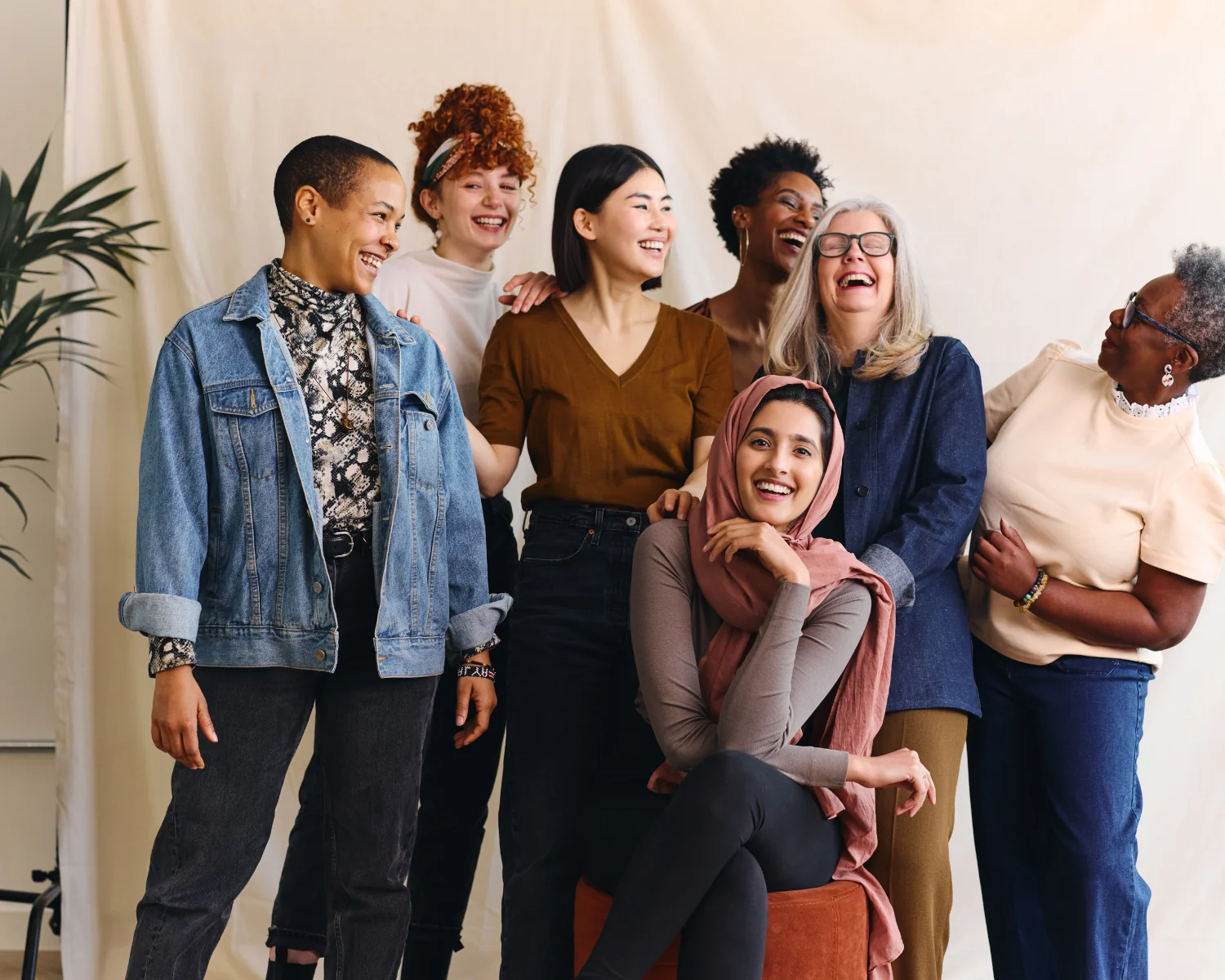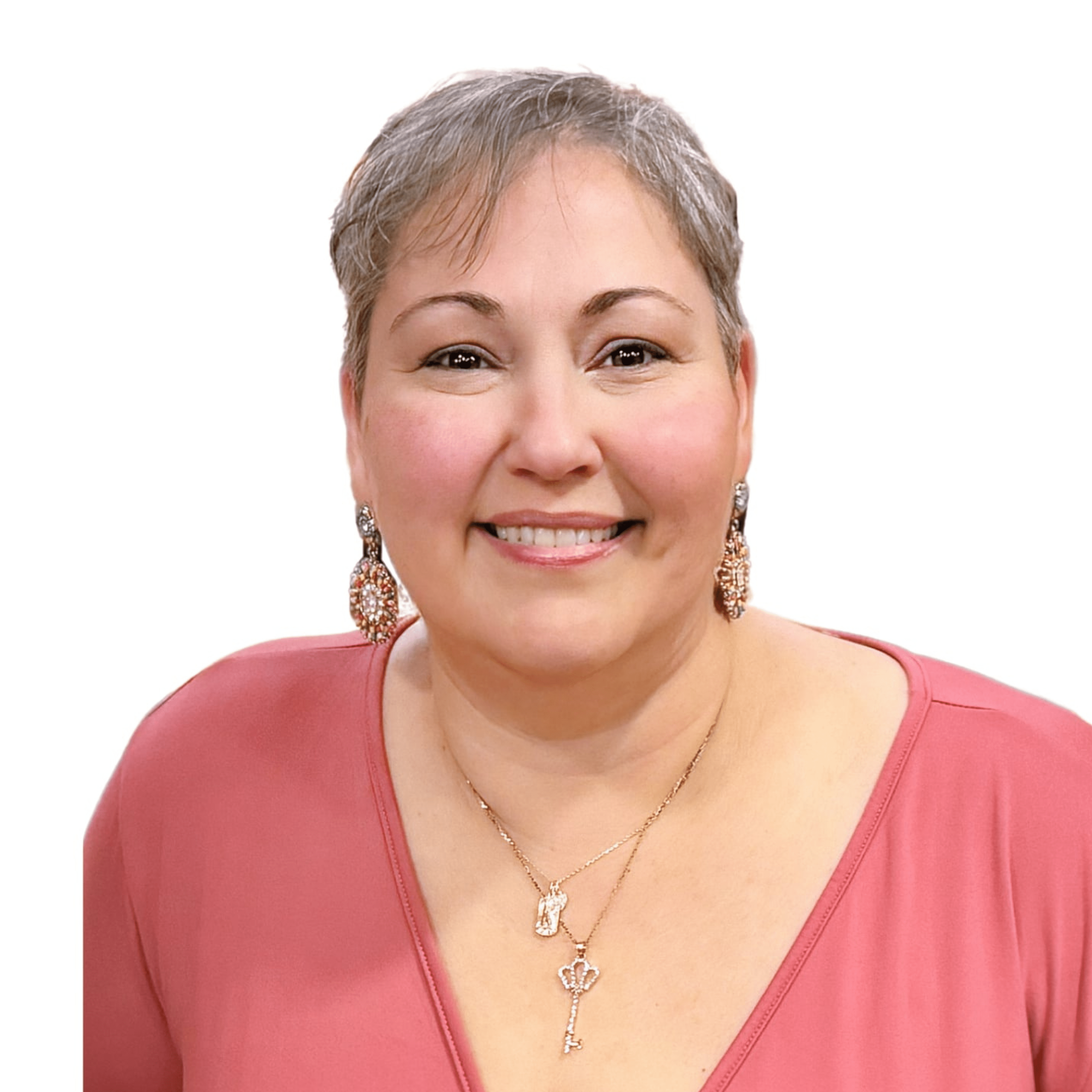
Trauma transforms entire communities
In the face of adversity, communities have shown an incredible resilience to overcome traumas that have shaken their very foundation. When faced with unimaginable challenges, our communities are not defined solely by our wounds but by our unwavering determination to heal and rebuild. Trauma has the power to disrupt and fracture, and it does! However, traumatic events can also serve as a catalyst for profound transformation and growth. What does healing in a traumatized community look like? Healing within a community is a painful yet a remarkable journey. Let’s dig in.

Acknowledging the Trauma
We know that trauma can have a profound impact on individuals, families, and entire communities. Whether it's a natural disaster, an act of violence or terrorism, or a personal tragedy that affects many people in a community, the aftermath of trauma can be devastating. A reminder that we all often need, healing is possible – not just for individuals but also for communities as a whole.
One way to begin healing after trauma is by acknowledging what has happened and allowing space for grieving and mourning. This may involve creating memorial sites or holding vigils to honor those who have been lost. It's important for community members to come together in solidarity during this time of need to support each other emotionally and practically.

Clear Communication Channels
Another key step in moving forward after trauma is establishing clear communication channels within the community. This includes providing accurate information about what happened, as well as ongoing updates about recovery efforts. When clear communication isn’t flowing, is it because our leaders don’t know what to say, or accurate information isn't immediately available, or in cases of terroristic threats, does informing us hurt the investigation or manhunt? There may be credible reasons why we can’t be updated with all the details. But aren’t there times that holding back from informing the public isn’t credible? Share your thoughts in the comment section.
We all can recall times when we were left in the dark when a traumatic event was happening. Our community leaders, parents, teachers, supervisors may think they are being protective of us when they are evasive in reporting. What really happens is we fear the worse when we don’t get timely news. Especially if we aren’t able to contact a loved one, separated from our children, and phone lines aren’t working. This leads to a sense of desperation, hopelessness, and panic. Just think back to 911, hurricane Katrina, deployed loved ones, major earthquakes, and the chaos during the attempted overthrow of our national capital.

Safe Spaces For Healing
Healing after trauma is possible when safe spaces are created where individuals can process their emotions without judgment or fear. This may involve establishing support groups or organizing community events focused on promoting mental well-being. By encouraging dialogue and providing resources for counseling services or therapy sessions, communities can show their commitment to rebuilding not only physical structures but also emotional health. This strategy in the healing process reduces individuals feeling isolated and alone. Learning to reconnect, accept support, and finding hope again really matter and can change the narrative from being a victim of trauma to survivor.

Wrapping Up Healing Within Community
In conclusion, rebuilding a community after a traumatic event is a challenging but necessary process. It requires collective effort, resilience, and support from within and outside the community. When we acknowledge what happened, share how we are feeling and coping, foster open communication, provide resources for healing and recovery, and promote unity among our members, our communities can gradually rebuild our strengths and sense of belonging. Acknowledge the pain and trauma that has occurred while also embracing hope for the future are really key acts. With determination and compassion, our communities can emerge stronger than ever before. Isn’t that what are children and their children deserve?
If you need a virtual community to assist in your healing, we have one for you. This doesn’t replace the healing that may need to be done in your local community or with an individual therapist. Some healing can be done alone, but we thrive in community. To learn more, please consider scheduling a consult with me. This Is Us: Healing From Trauma Together



